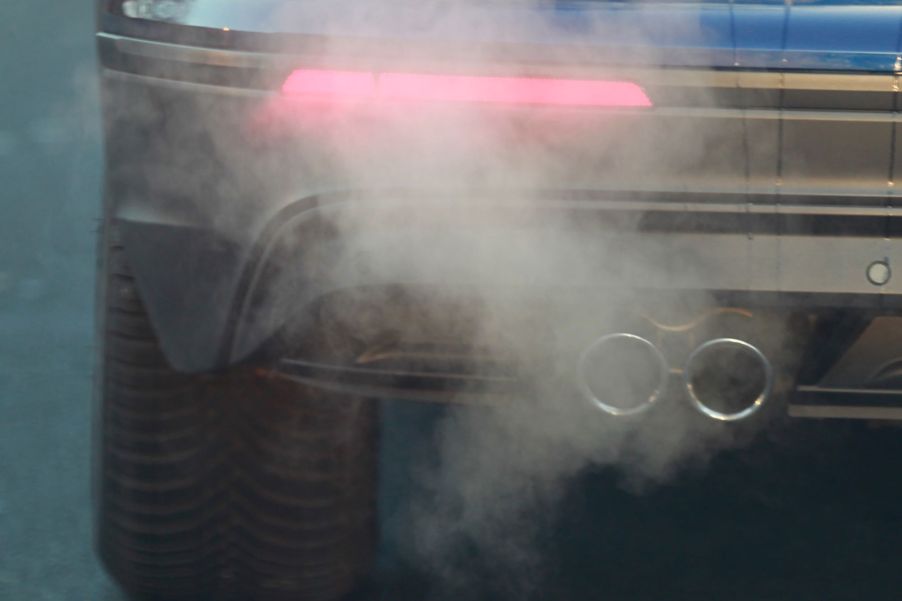
Can You Die From Inhaling Gas Fumes?
Since the turn of the century, the auto market has focused more and more on electric vehicles (EVs). In addition to being convenient and quiet, EVs allow consumers to move toward a more sustainable future. No one knows how close we are to running out of fossil fuels, but concern that gasoline is a limited resource drives EV production and innovation. Whether they’re gas-powered or use electricity created by fossil fuels, it’s only so long until cars are forced to use cleaner propulsion methods. Gas has become cleaner over the years, but it’s still made of toxic chemicals that threaten car safety standards.
Gas is safer than ever, but…

If you’re part of the younger generation, you might have seen an “unleaded” sign on a gas pump and wondered what it means. For most of the 20th century, gasoline (like paint in the same era) contained lead. Years of scientific research proved that lead was causing adverse health effects, especially in growing children. In the 1970s and 1980s, America converted the fuel supply to unleaded, eventually banning leaded gasoline in 1986. It’s no longer hazardous to stand within the exhaust range of American cars, but that doesn’t mean that modern gasoline is 100% safe.
Medical News Today recently updated its information page regarding gasoline poisoning. The extremely flammable liquid that produces fumes and generates exhaust is (unsurprisingly) still dangerous to inhale, even if it isn’t as blatant as leaded gas used to be. The largest danger of breathing in gas fumes is that the hydrocarbons can enter the bloodstream and eventually affect the brain and other organs.
Can you really die from inhaling gas fumes?
Gasoline exposure can be difficult to diagnose because the symptoms vary, but they can all be fatal. Symptoms range from kidney disease to dizziness to irritability. However, it’s not likely to occur simply from driving in rush hour traffic (or from a new car smell). The cause is usually heavy machinery (or other gas burning) in an enclosed environment or exposure to open gas tanks (due to the fumes). To prevent gasoline poisoning, take the following steps:
- Avoid breathing near exhaust vents or pipes.
- Ensure you’re regularly getting fresh air when working around machinery.
- Be careful not to ingest or allow gasoline to remain on your skin.
If you suspect that you or someone close to you is suffering from gasoline exposure, call Poison Control at 800-222-1222. In the case of severe symptoms, call 911.
How does gasoline poisoning occur?
The hydrocarbons from gasoline fumes (alkanes, benzene, toluene, and xylenes) can be harmful or fatal, but the more common danger is the exhaust produced when gas is burned. Carbon monoxide in an enclosed space can be deadly very quickly in high concentrations or over a longer time frame in lower concentrations. Purely breathing the fumes (gasoline inhalation) can result in the following symptoms: coughing and other breathing difficulties, headaches/dizziness, heart failure, and more. Because of how the hydrocarbons attack the nervous system, a wide range of symptoms is possible, but they can all eventually be deadly.
However, inhaling fumes isn’t the only danger when it comes to gas. Touching the liquid generally isn’t dangerous if it’s for a brief amount of time and quickly washed off. Still, over time, gasoline can cause rashes and burns, along with temporary (or permanent) blindness if it makes its way to the eye. It should go without saying, but ingesting gasoline in liquid form is also dangerous and potentially deadly.


